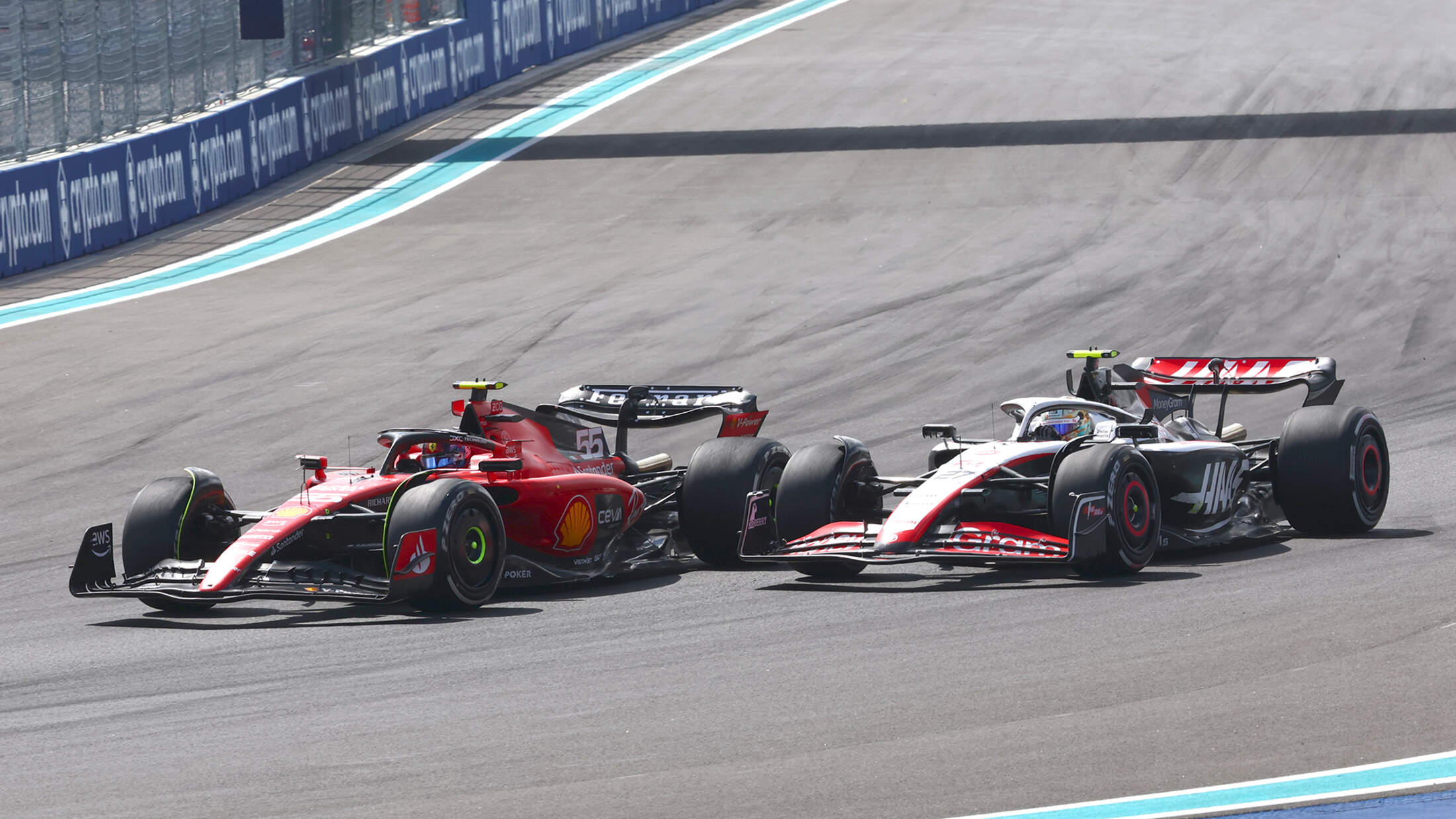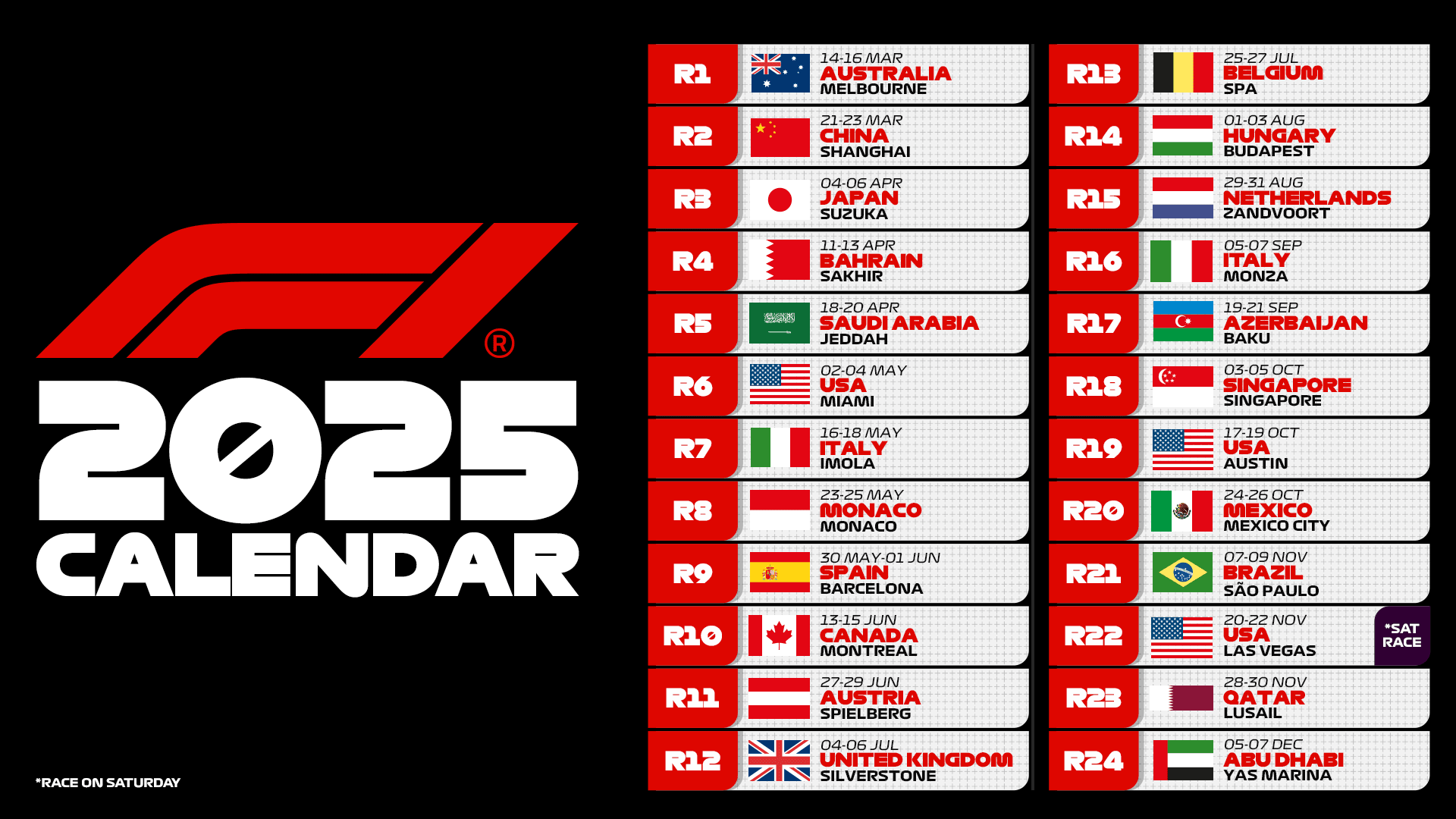Out of the blue, the Haas team, coming off a season below expectations, has announced the promotion of Ayao Komatsu to the role of Team Principal, replacing Guenther Steiner.
Yesterday afternoon, social media hints were more than suspicious. The Italian executive’s name disappeared from the organizational structure of the American team on the team’s website. In a sober analysis, the timing and manner of such an invasive organizational change are highly suspect.
But who is the Japanese Ayao Komatsu? The professional journey of the new Japanese boss of the American team was nurtured by Steiner, from whom he takes the baton. The Japanese manager has been with Haas since as far back as 2016.
Could Steiner and Resta be paying for the last-place finish?
Together with the South Tyrolean executive, Technical Director Simone Resta is likely paying for the mediocre results of the past Formula One season.
Analyzing the eventful day for founder Gene Haas’s team and the possible consequences provides some food for thought. It is, in fact, a revolution with political and sporting implications within the American team that cannot be dismissed as a mere consequence of a disappointing season. After all, the Haas team has consistently fluctuated in the midfield since entering F1. Therefore, the last position in the constructor’s championship of the past season, while painful, is not far from the results achieved from 2015 to the present day.
Ferrari could be left without customer teams
Abstracting considerations to a higher level, two figures belonging to Ferrari’s sphere of influence have effectively been bid farewell. The American team has always used engines and technology from the Prancing Horse, and the synergy between the two teams has often been the subject of controversy, especially when the small American team showed unexpected levels of competitiveness. Haas even has a department within the Maranello plant where the team led by Simone Resta worked until yesterday. Behind Steiner and Resta’s departure, there might be a strategy of gradually disengaging from the partnership between Haas and Scuderia Ferrari.
If so, it wouldn’t be good news for the Scuderia. The customer pool could further shrink, even be reduced to zero, after the end of the collaboration with Sauber at the end of the 2025 season and the subsequent debut of Audi.
Show your support for Scuderia Ferrari with official merchandise collection! Click here to enter the F1 online Store and shop securely! And also get your F1 tickets for every race with VIP hospitality and unparalleled insider access. Click here for the best offers to support Charles and Lewis from the track!
F1 engineers know how important it is to have customer teams, not only from an economic perspective but also for the crucial feedback they can provide regarding power unit performance. For example, Renault is paying a high price for the absence of a customer team through which they can analyze a greater amount of information. It is not surprising, therefore, that Mercedes has secured long-term agreements with McLaren and Williams.
The Ferrari Power Unit, which, after the 2020 engine saga and subsequent issues, seems to have returned to the top of the performance charts, is not as coveted. If the historic collaboration with Haas were to end, Maranello would face another problem. The partnership includes all the TRC components that the American team purchases from the Prancing Horse and significantly influence the design of the race car.
Let’s not forget that Honda has expressed interest in producing second-generation turbo-hybrid power units (2026), and no team has yet entered into a collaboration with the Japanese giant.
A possible agreement with Haas, led by a Japanese team principal, could be a return to the shadows for Honda, to avoid repeating the mistake of the high-profile return celebrated with McLaren, which turned out to be a sporting disaster.













.png)

Leave a Reply